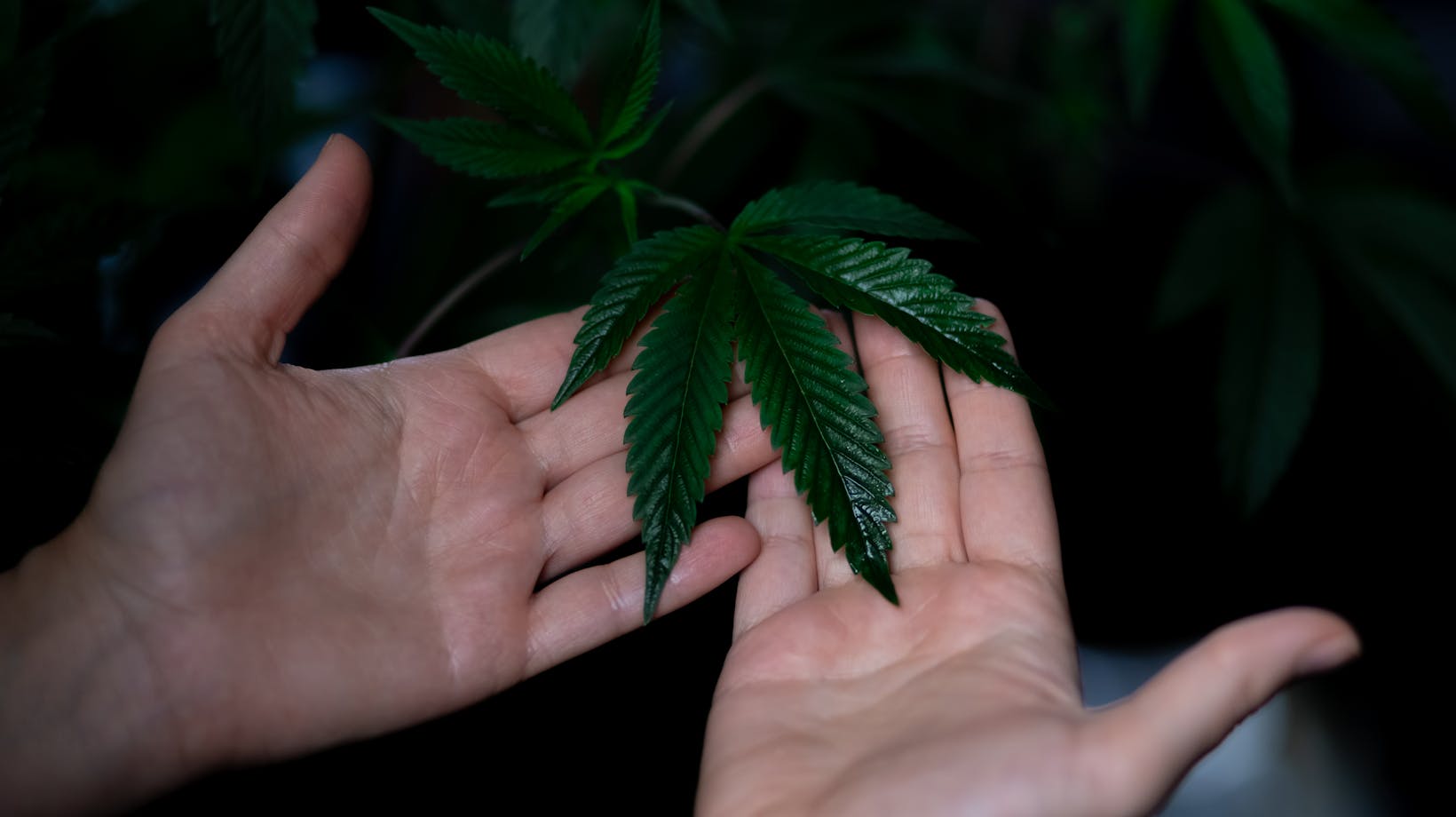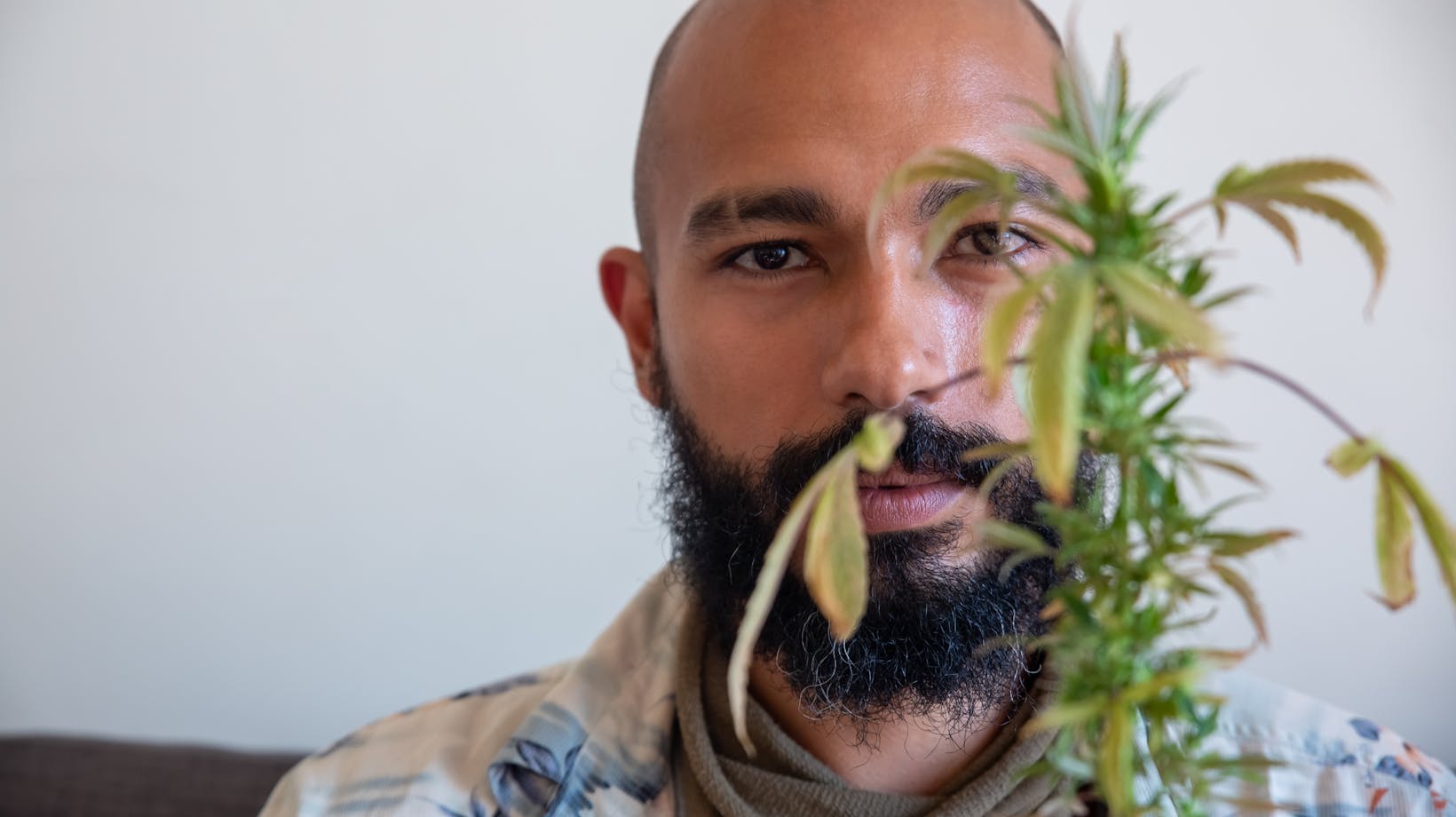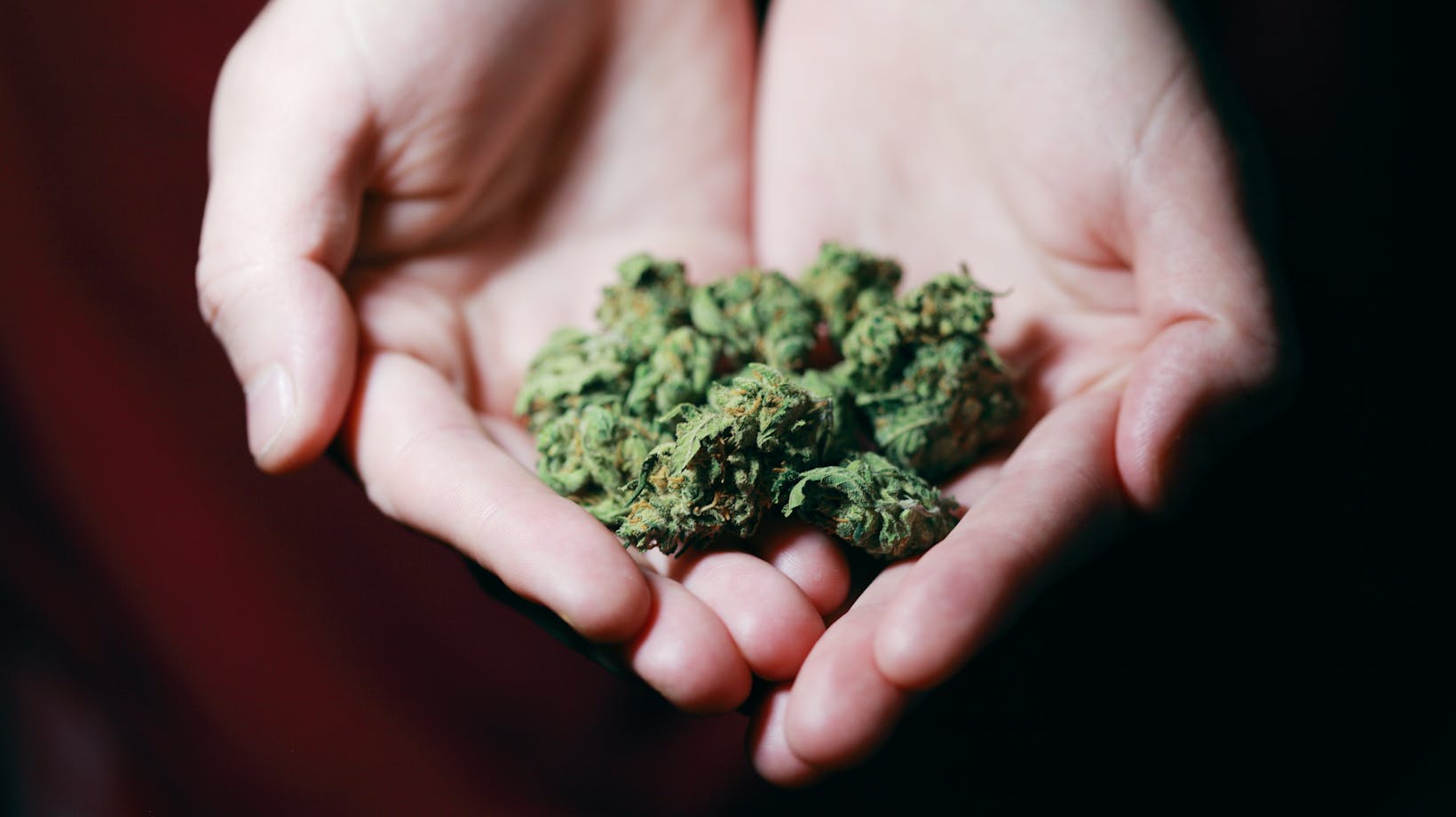The lifecycle of marijuana plants is a fascinating journey that spans several stages, each characterized by unique growth patterns and developmental milestones. Understanding this lifecycle is essential for cultivators and enthusiasts, as it provides valuable insights into optimal cultivation practices and harvest timing.
In this comprehensive guide, we’ll explore the various stages of the marijuana plant’s lifecycle, from seed germination to harvest, shedding light on the intricate processes that govern its growth and development.
Germination: The Journey Begins
The lifecycle of a marijuana plant begins with germination, the process by which a seed transitions from dormancy to active growth. The seed absorbs water and initiates the germination process when provided with the right environmental conditions—adequate moisture, warmth, and oxygen. Within a few days, a taproot emerges from the seed, followed by the emergence of cotyledon leaves, signaling the beginning of vegetative growth.
As the plant enters the vegetative stage, it focuses on building a robust structure of stems and leaves, preparing for the flowering stage where buds develop and cannabinoids accumulate. Understanding these stages is essential for cultivating healthy plants and maximizing yield.
Vegetative Growth: Nurturing Young Plants
During the vegetative stage, marijuana plants establish a robust root system and develop vegetative structures such as leaves and stems. Under optimal conditions—sufficient light, nutrients, and space—the plants grow rapidly, producing lush foliage and branching structures. Cultivators often employ techniques such as pruning, topping, and training to shape plant growth and promote bushy, healthy specimens.
Pre-flowering: Transitioning to Reproductive Growth
As marijuana plants mature, they transition from vegetative to reproductive growth, signaled by pre-flowering onset. During this stage, the plants exhibit sexual characteristics, with female plants developing pistils (hair-like structures) and male plants forming pollen sacs. Pre-flowering typically occurs in response to changes in light cycles, particularly the transition from longer to shorter days.
Flowering: The Blossoming of Buds
The flowering stage is perhaps the most anticipated phase of the marijuana plant’s lifecycle, as it heralds the development of resinous buds rich in cannabinoids and terpenes. Female plants enter full bloom, producing clusters of flowers known as buds, which swell and mature over several weeks.

Meanwhile, male plants release pollen to fertilize female flowers, initiating seed production in the absence of human intervention.
Ripening and Harvest: Ready for the Reap
As the flowering stage progresses, marijuana buds continue to swell and mature, reaching their peak potency and aroma. Trichome production peaks, with resin glands coating the surface of the buds in a glistening layer of cannabinoids and terpenes. Cultivators monitor trichome development and other visual cues—such as pistil color and bud density—to determine the optimal time for harvest, ensuring maximum potency and flavor.
Post-harvest: Processing and Preservation
After harvest, marijuana plants undergo post-harvest processing to prepare them for consumption or further refinement. This may involve trimming excess foliage, drying the buds to reduce moisture content, and curing them to enhance flavor and aroma. Cultivators may also extract cannabinoids and terpenes using solvent-based or solventless methods, yielding concentrates in edibles, topicals, and other products.
Regeneration: Renewing the Cycle
Following harvest, some cultivators opt to regenerate their marijuana plants, allowing them to re-enter the vegetative stage and produce additional harvests. Regeneration involves pruning the plants, providing optimal growing conditions, and inducing vegetative growth through changes in light cycles. Cultivators can maximize yield and efficiency by recycling mature plants while minimizing the need for new seedlings or clones.
Conclusion
In conclusion, the lifecycle of a marijuana plant is a dynamic process characterized by distinct stages of growth and development.
From seed germination to harvest and beyond, each phase presents unique challenges and opportunities for cultivators to optimize plant health, yield, and quality. By understanding the intricacies of this lifecycle, cultivators can cultivate robust, healthy plants and produce high-quality cannabis products for medical and recreational use.
Looking for the best marijuana seeds in 2024? Explore high-yield and potent options legally available for purchase.

Understanding the lifecycle of marijuana plants is crucial for successful cultivation, from germination to harvest. At The Southern Maryland Chronicle, dive into the journey of a seed and learn how to nurture your plants for optimal results. Whether you’re a seasoned grower or just starting, choosing the right seeds sets the foundation for a successful and rewarding harvest.
















